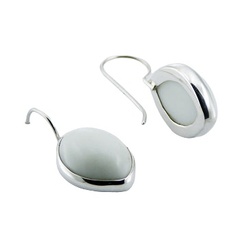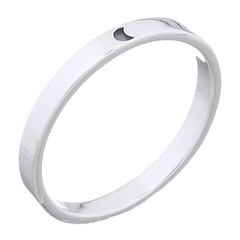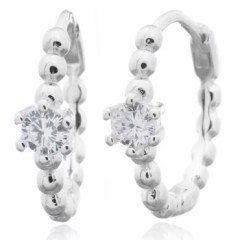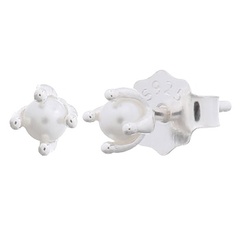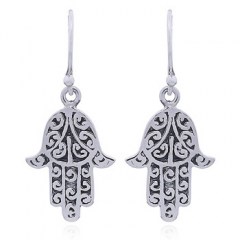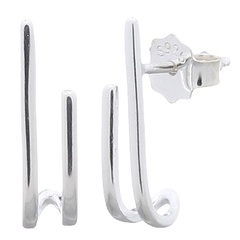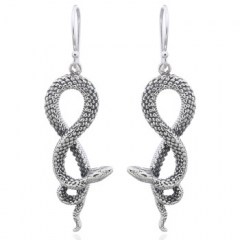Pearls make an excellent example of jewelry embellishment that adds timeless beauty to the image of a wearer. Made by living creatures, it takes several years for a pearl to be created, and according to the opinions of many reputable fashion stylists, pearl jewelry is one of the basic accessory styles that will never be out of fashion.
In this article, we’ll introduce some amazing facts related to the jewelry pearls you probably didn’t know about. As a part of our discussion, you will learn more about the actual process of a natural pearl creation: from its early days till the moment when the pearls are encrusted in the jewelry itself.
How the jewelry pearls are actually made?
Known for their simplicity and gentle colors, these organic gemstones help to make flawless jewelry of different types. Beautiful pearl rings and necklaces, fabulous bracelets, and earrings are crafted with these natural gems created by a reaction of a shellfish to foreign matter inside its shell. When an irritant is entered into the shell the living creature attempts to get trapped and isolated. The aragonite mineral is applied to the foreign matter and forms a pearl over time.
Basically, mollusk shells are made of the same mineral as pearls do. As long as the circumstances required for pearl creation are fairly rare, the industry of man-assisted pearls is well developed in order to fill the gap between natural supply and the fashion industry demand. Pearl farms leverage both saltwater seas and freshwater lakes to create pearls and for this reason various types of fresh-water and salt-water oysters are used as well. The oysters are injected with a special tissue acting as an irritant that encourages the host to form a pearl. And, after a certain period of time, the pearls are extracted from the oyster, ready for its further refinement before being encrusted.
Quick facts about jewelry pearls to know about
To be able to differentiate the natural pearl of the imitation, it's important to know the basic features of pearls. Below you’ll find the essential facts that will help you learn the nature of jewelry pearls better.
#1 The natural pearl’s surface is not perfectly round
Authentic pearls never show a perfectly even surface. As a rule, many of them are textured and irregularly shaped. Such unique pearls are highly valuable and often used to create one-of-a-kind pieces of jewelry.
However, if the pearl with an ideal surface is needed, it completes a set of polishing preparations that give it an ideal round shape.
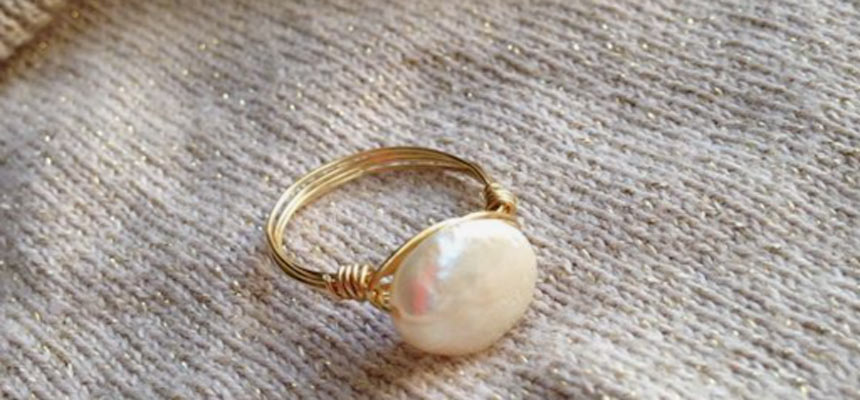
#2 The palette of pearl colors extends to every hue
Pearls with natural origin could be created in a variety of different colors, that are originally achieved when the oyster is tinted with an organic pigment. The range of colors consists of ivory, pink, purple, grey, chocolate, black and classic white, but you’ll hardly find the colored pearls of an identical hue.
Unlike the white and cream, other non-familiar colors are pretty rare and, as a rule, the jewelry that features colored pearls is way more expensive. However, such a variety of different pearls gives more opportunities to create a diverse number of accessories of different forms and styles and lets you choose the jewelry relative to the colors of outfits you are going to compliment.
#3 Not all the jewelry pearls are real
Human cultured pearls appeared many centuries ago, and the first attempts of their creating are thought to be made by Ancient Romans. Originally, the imitation pearls were made of glass beads that were layered with various pearl imitating substances. Today, it’s pretty simple to identify an imitation pearl in only a few minutes.
For instance, a genuine natural pearl has an uneven and somewhat grainy surface while imitation pearls are always smoothed and have even surfaces. Also, having kept the natural and imitation pearls in separate hands, you may feel they have different temperatures (the natural will be surely much colder than the imitation one, and will probably be heavier as well). The imitation pearls are usually larger and have an identical hue, while the true pearls will always have nearly a similar color, that almost never is the same.

#4 Harvesting jewelry pearls may kill marine
Nearly all the pearls are now cultivated in pearl farming, where the mollusks are well-cared for. And, though people tend to think the pearl extraction always leads to killing the oyster, there are plenty of techniques that allow us to remove the natural gemstones without any harm to their well-being. What is more, this way the farmers can get many pearls from one mollusk throughout its lifetime, which has a direct impact on the price of each pearl.
#5 Not all oysters contain pearls
Last but not less a common myth about the mollusks is that each of them, no matter whether it’s saltwater or freshwater, contains a pearl. In fact, naturally occurring pearls are extremely rare and you’ll hardly find one in every 10,000 wild oysters. With the wide range of environmental factors, one of the most critical of which is water pollution, the chances that you’ll find a pearl in wild nature are even lower.
Not to mention getting the ideally shaped pearl in nature: the perfectly round pearls are extremely rare. So, if you’re lucky enough to find a naturally occurring pearl, there are high chances that it will be semi-round, drop, pear, button, baroque, circled, or oval.
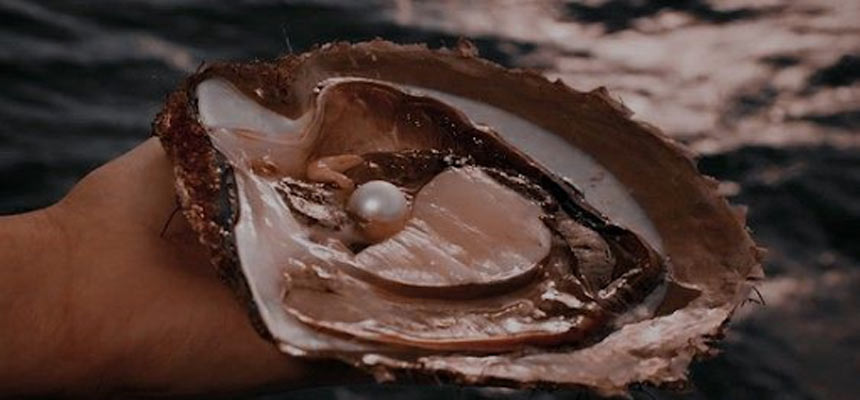
Wrapping up
To sum up, the process of natural pearl formation is truly unique, which makes each of these natural gemstones even more precious and magnificent. And, of course, wearing natural pearl rings, necklaces, earrings, and bracelets is an ideal way to make your outfit look special and charming as never before.
Already want to buy a piece of pearl jewelry? Click here to see our latest pearl accessories collection and find the one you’d love to wear anytime and anywhere!

